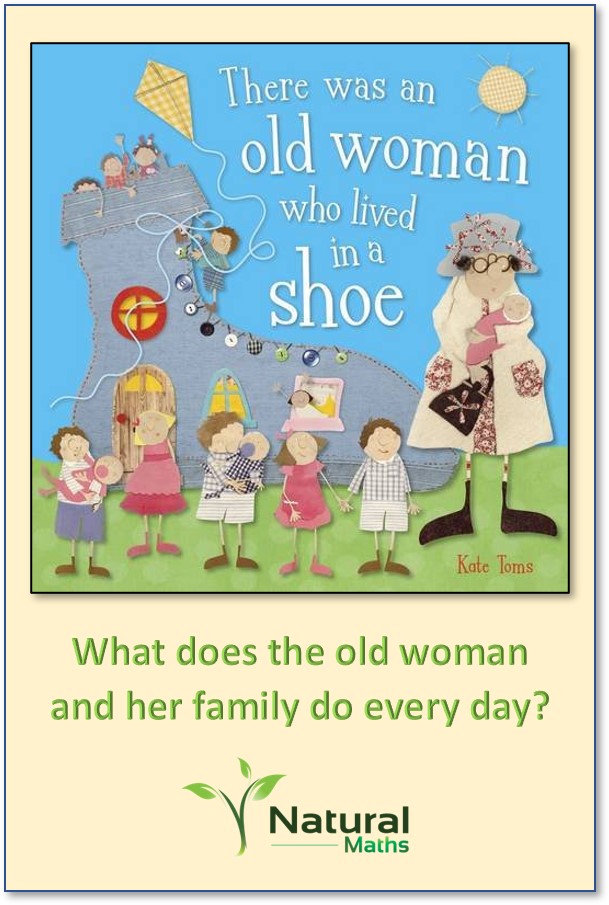What Is A Day?
Helping Students Understand Measure Of Time
The ending of FLASH programs at the start of 2021 gave us an opportunity to update our Calendars program and its associated booklet of mental routines and problematized situations. The new app and activities are available from our website, and, if you have previously purchased a copy, then you are entitled to a free upgrade.
As we worked on the new version, we reviewed our favourite time books that use days of the week as their structure. We thought we should share those with you.
Learning about the duration of a day and the sequence of the days of the week through incidental activities and picture books.
Helping students understand what a day is and how days are sequenced is not quite as easy as it at first appears. In fact concepts of time are quite complex and children need plenty of appropriate experiences and vocabulary support to develop such understandings. In the early years incidental learning through appropriate picture books has an important role to play. Over the next few days I will share some such books with you and unpack ways that they can be used.
Here is Book Number 1 ‘There was an old woman who lived in a shoe‘.

I know I have blogged about this book before but today I am going to put a slightly different slant on it. We take it for granted that children have a good understanding of what a day actually is, but many of them do not. A day is a long continuous time span; too long for students to ‘measure’.
Many students think that a day is just a label not a measure of time. They may not yet understand that when they come to school on Monday it will be Monday all day and it will still be Monday when they go home. They may not yet realize that Monday always follows Sunday or that Monday always comes before Tuesday. Some young children think that when they come to Sunday it is the end of the days not realizing that the days of the week form a cycle with a repeating pattern and that Sunday will come around again.
Temporal understanding is also slow to develop, especially that:
- time is sequential
- there are short times: minutes
- there are longer times, days and even longer times weeks and months
Understandings about what can be packed into a particular time frame are experiential. A lot can happen in a day and this needs to be experienced, talked about and chronicled in many different contexts for deep understanding to develop. By chronicling we mean helping students plot the sequence of the day’s activities and talk about what they did before/after morning tea and so on. Simple class diaries can help with this.
So onto the book
What I really like about this book is that it presents a sequence of everyday events that students will have some familiarity with, and which have reasonably long durations, for instance doing the washing and then playfully hanging it out to dry. Each day there is a sequence; one event is followed by another all in the same day.
On the first read through, there are opportunities for students to predict what day it will be tomorrow and what events might happen then, or to recall what happened yesterday. Some of the days such as Monday (washday), Saturday (shopping day) and Sunday (rest day), open up discussions about cycles in a week.
Making links to repetitive events at home or school will help with the sequential aspects of the days of the week and of course what fun to plan the following week for the old woman and her family. Students could choose their favourite day and innovate on the structure of their book to create class versions of the book. Alternatively a record of the week at school could be created and made into a class book.
Enjoy the book … and have a look at our revised Calendars app.

